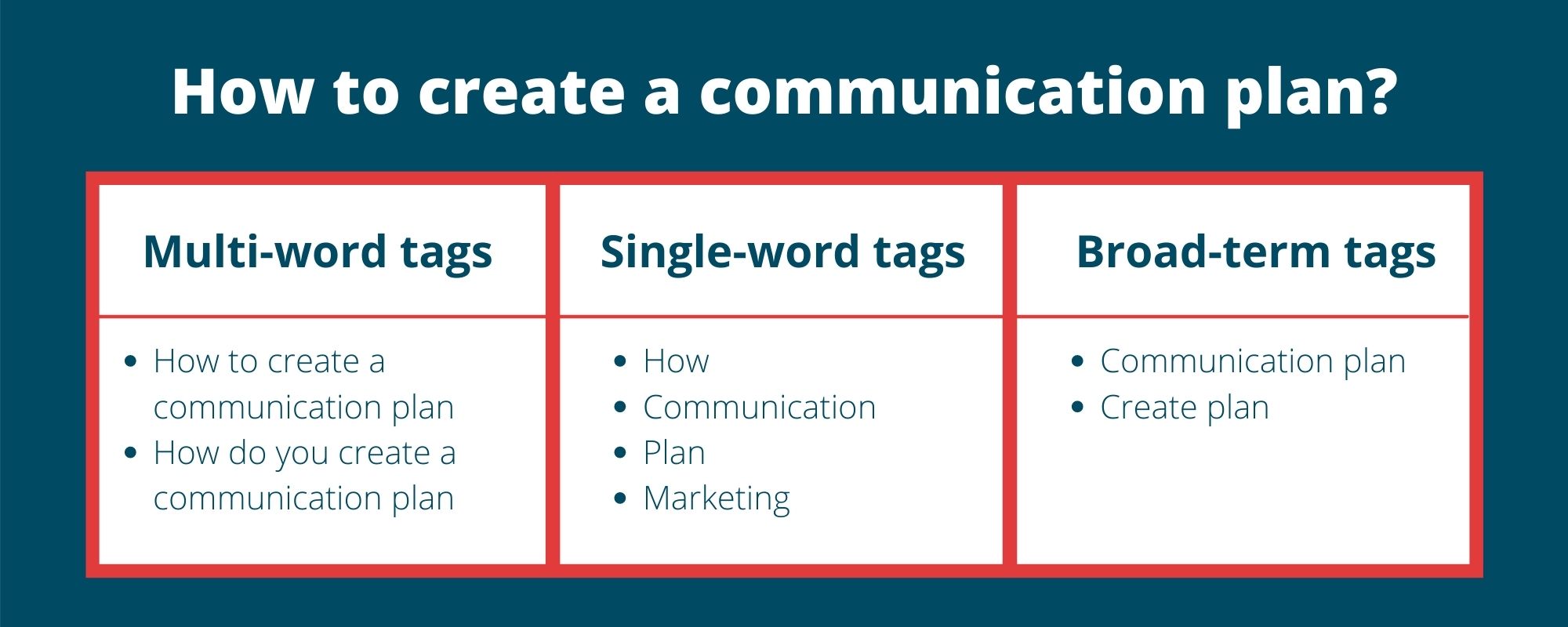YouTube SEO: How to generate more organic traffic to your videos
Do you want to increase the chances of your video showing up in YouTube search results? This blogpost explains you how to generate more organic traffic by using YouTube SEO.
Video marketing has become a necessity in our digital landscape.
People are getting lazier these days and prefer to watch a video on a certain topic rather than to read a long article.
Contact 4P square on Video MarketingImportant criteria for YouTube’s algorithm
YouTube is mainly a search engine for videos and the second most popular social media platform. Like other social media platforms, YouTube uses a sophisticated ranking algorithm to show content to viewers.
One of the most important criteria to receive a high ranking is to provide new content on a regular and consistent basis. This is taken into consideration by YouTube when ranking your videos.
The next important criterion is “Watch Time”. When you have a high “Watch Time” it means that your videos are enjoyable and indirectly ensures high user engagement, which YouTube’s algorithm loves!
In addition to those criteria, YouTube also relies on input from the creator to feed the YouTube algorithm. That means that YouTube is counting on you to tell them what your video is about. Therefore, having a good metadata description underneath your video is crucial.
The importance of metadata
Because a video cannot be screened by a machine, it is incredibly important to make use of metadata. Metadata includes information about a video such as a title, description, tags, and annotations.
Keyword research
The best place to look for keywords is of course on YouTube itself, but you can also use more traditional keyword research tools (such as Google Search Console, SEMrush, Ubersuggest, Moz, …).
YouTube also allows you to include “tags” to your video to help categorize your video by keyword, but it limits the number of tags you can include. You’ll need to look for long-tail keywords that specifically relate to the topic of your video. You should also include single-word tags and broad-term tags that relate to your video’s broader topic but be careful with trademarks or copyrighted material in your metadata.
Below is an image that shows you the difference between multi-word tag, single-word tag and broad-term tag for a video titled; “How to create a communication plan”.

4P square advice
Although YouTube hides the tags of every video, it is a great way to look at the top-ranking videos that directly compete with your video to get new tag or metadata ideas.
Looking for some best practices regarding video marketing? Read this article now and find out how you can use video marketing to boost your brand engagement.
Need a helping hand to assist you with your YouTube Strategy? 4P square consultants are always happy to help you.
About the author
Joyce Coronado is a Creative Digital Marketer with a passion for Brand Management, Video Marketing, and Graphic Design. She started her career as a B2B Marketing Manager for a start-up in the IT sector and quickly learned to cope with her large workload and responsibilities. For Joyce, it is important to be able to make a difference for her clients and will go all the way for that. She is a motivated consultant who is always willing to learn.
Want to know more about Joyce? Feel free to start a conversation with her on LinkedIn.


